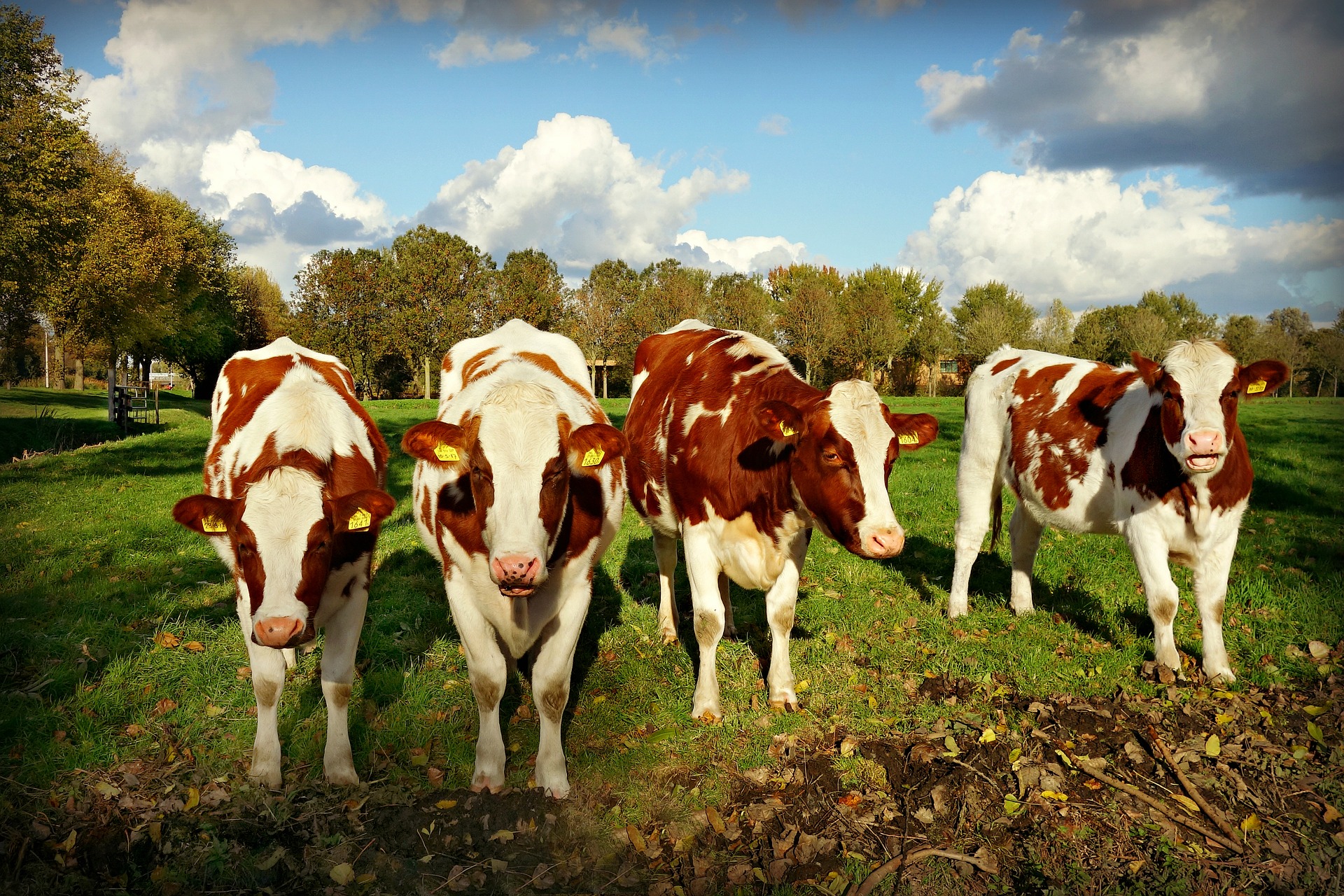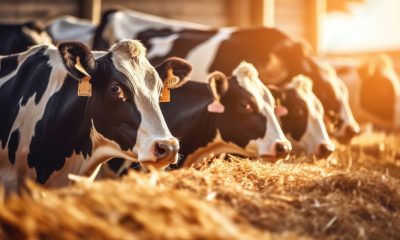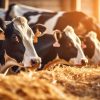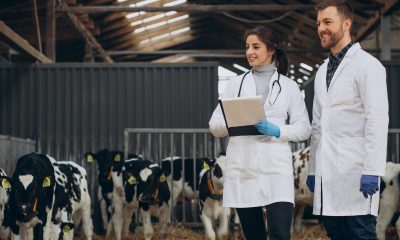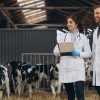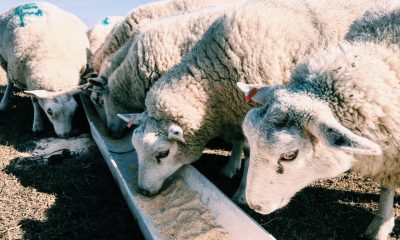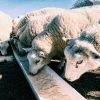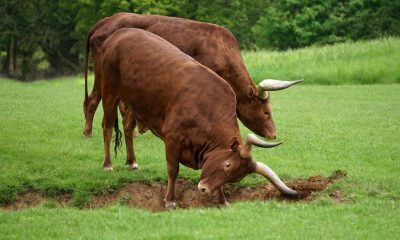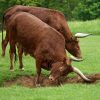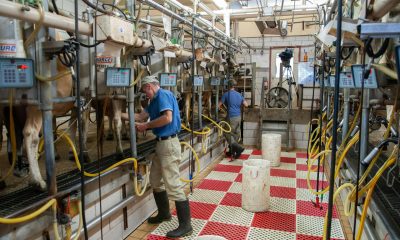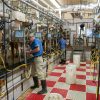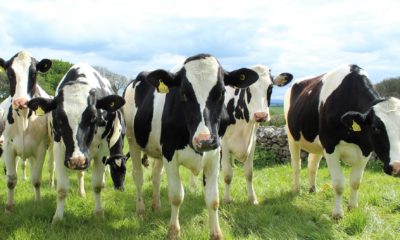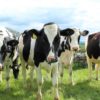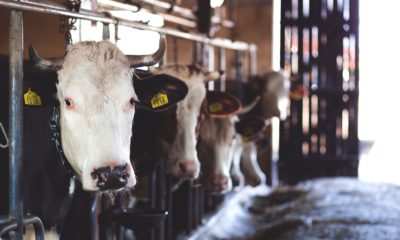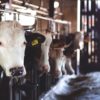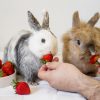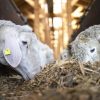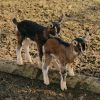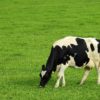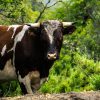The dairy industry is a prominent and vital industry, producing tons of products in various forms of dairy, being milk, cheese and all its subsidiary products and feeding dozens of people across the globe. Being a livestock industry, it requires more care and nurturing, and farms of large scales need highly efficient management systems to ensure quality, steady production rate and health of the cattle. There is a multitude of ingredients that go into making a farm, the cattle, the calf, the fodder, shelter and milking machinery. Packaging, sterilising and quality control are the other areas involved. Some techniques help to manage and integrate the elements that go into this dynamic industry.
Silage dynamics
A vital commodity required in large quantities at a dairy farm is the fodder or silage. It consists of usually fermented food which is mainly maize, sorghum or other cereal. According to the size of the farm and the availability of the fodder, the inventory is decided. There are a couple of critical factors to be kept in mind when dealing with its storage and management.
Moisture level: The silage has to be kept at the exact ‘wetness’, to ensure that it isn’t too fermented or underdone. Undone silage is more challenging to store, and exposure to oxygen leads to spoiling and degradation.
Storage: The fodder is either stored in tall silos or packed to a bunker. The height of the silos and the tonne of product saved are to be optimised to maintain a hygienic environment for the fodder. It is mandatory to leave around a couple inches of height vacant so that the packing is not too tight.
Quality checks: Once the silage is packed in, a periodic test of samples from different elevations is required to ensure the maintenance of parameters like pH, moisture content, energy levels etc. A key factor monitored is also the level of fermentation that has undergone since packing into the silos.
Supply out of the silage: Feeding to cattle from the storage, you need to maintain an even extraction from the silage. The general rule follow is to remove 6 to 8 inches of product out of the surface evenly on a daily basis.
Fertilisers
These are essential components required at a dairy farm to nourish the fields on which the cattle feed off on. But excessive fertiliser use can do more harm than good, depleting the water quality, rendering the soil useless and even drastically affecting the pH balances. The farmer has the responsibility of looking into the nutrient requirement of the farm, conducting soil samples and contributing in elements, in quantities as required. There are two kinds of tests that are done to assess the quality of the soil, being the soil test and the tissue test. The former is preferred highly over the latter. Also, farmers are more likely to rely on observations made by them over the years and too dependent on consulting companies to recommend the dosages compared to reliance on fertiliser firms.
Regulation and environmental laws have to be adhered to when implementing this. Also, a significant problem that occurs is the disconnect between plans drawn up and implementation which has to be dealt with. A sustainable approach can be implemented for more environmentally friendly practices to maintain a cycle of nourishment. From the cattle manure used to fertilise the land, which when absorbed by the crops and consumed by animals leads to recycling of minerals and reduces the extent of waste disposal needed.
Calves
Calves are the investments to the future. They lead the enterprise on and therefore ensuring their health and well being from birth is vital.
Even before birth the endeavour starts, the prenatal and perinatal selection and care, where the calf has to be checked to ensure there is no inheritance of the bad gene. Any infection or viruses that the mother has to be vaccinated immediately to avoid affecting the calf.
Feeding the right nutrients and protein is essential especially by the last trimester. Care should be taken not to overfeed the cattle, which can complicate birthing.
Illness or weakness at birth have to be tended with care and signs of infection have to be looked into and addressed soon as they can escalate pretty quickly.
Adequate feeding till the calf begins to wean, usually at about six weeks, and switching to solid foods henceforth is to be done for a healthy body.
The de-horning procedure is to be done early on, preferably as soon as they are visible are better as they are less strainable on the calf.
Ear tagging the calf soon after birth makes identification more manageable, and isolation in case of diseases can be done sooner before they start to spread.
Constant monitoring of the health, feeding habits and activity is to be followed.
A good management programme is essential for the healthy functioning of farms. Especially in this era of tech explosion, making use of new and state of the art technology can make the institution competitive with others and even propel the institution to higher profits while maintaining good policy standards.
